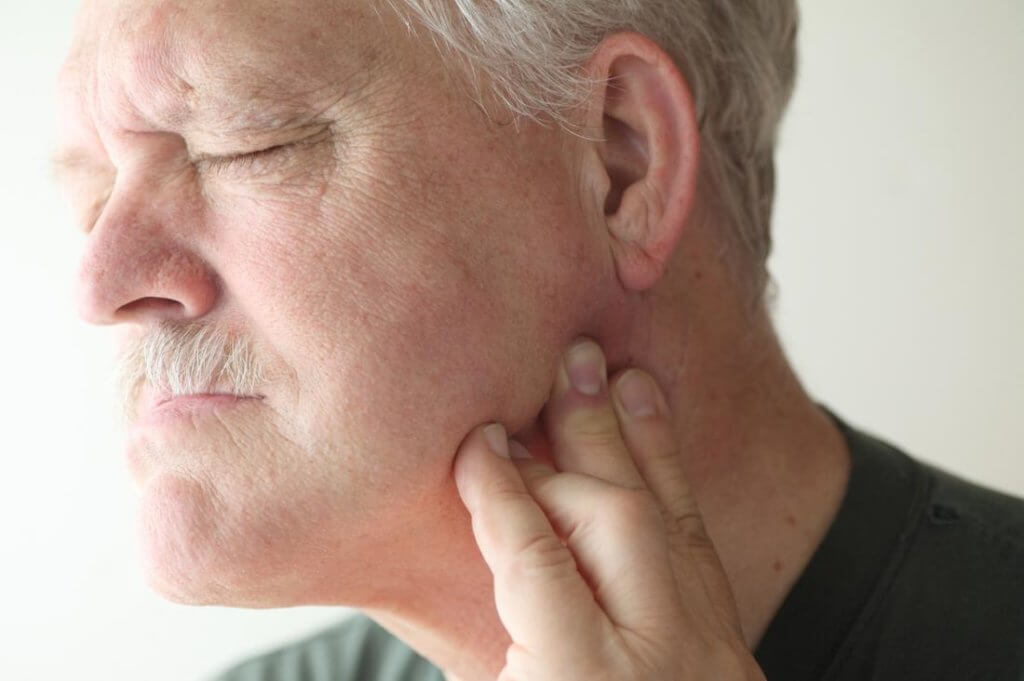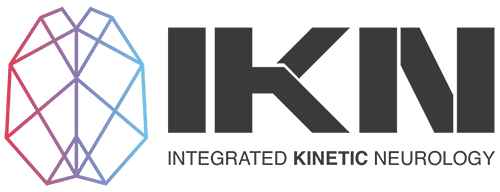
Neck Pain & The Jaw
Is it a relationship you consider?
RESEARCH ARTICLE
Neck pain is a very common condition that many movement & rehab therapists treat on a regular basis, and it’s represented by many signs and symptoms. The cervical spine sits beneath a very busy part of the body, the head. The head is home to many sensory systems that are constantly being bombarded with stimuli on a daily basis. Any stimulus that is gathered by our bodies through touch, sight, smell, taste, sounds etc, puts pressure on our system. What we mean by that, is that it takes energy to respond to those stimuli. In the same way we therapists want our muscles, joints, tendons and ligaments to “accept load,” we also want our sensory systems to accept load too.
“Accepting load” is a very important concept when it comes to rehabilitation. When a joint moves or the muscles around a joint produce force, it’s loads our system. It takes work to carry out that task. If the load is too much, it may lead to a protective response in the form of pain or excessive tension. This is where our clinical reasoning skills come into play, to identify what’s doing too much (overloaded) and what’s not doing enough (underloaded). There’s no such thing as a “bad” position, or a “bad” movement, but we want the tissues throughout our body to access every position and every movement, to essentially “accept load” in those ranges. This helps us add variability back into the system to help share the workload throughout the sensory system and peripheral tissues. This understanding is crucial with any kind of pain experience throughout the body, especially in the case of neck pain.
In the case of neck pain, is the neck not tolerating load well because it’s already doing too much? Or, does the neck lack load tolerance because we don’t move it enough through its full range of motion and allow to experience load often? Or is there a nearby complex that is not doing enough, and shifting the workload to the neck (compensation)?
One interesting relationship when it comes to neck-related pain and movement issues, is that between the cervical spine and the jaw. When treating individuals with pain and movement issues, we have to identify the quality of the feedback from that area to the brain. We assess this feedback everyday whether we believe or not. For example, if you check range of motion, you are assessing the feedback from the body part you’re testing. Sensory feedback always has to come before motor output. So, if the feedback is poor, from perhaps poor load tolerance, then the motor output may not be ideal. They may have reduced range of motion, or maybe they have pain with range of motion.
The attached paper demonstrates the coexistence of cervical pain and TMJ symptoms, and one of the main reasons for this is that they both send their sensory information to the same part of the brain, so they have a HUGE influence on each other. In simple terms, the feedback from the cervical spine, especially the upper cervical spine, and the jaw, share a common pathway to the brain. That’s something we definitely want to consider in clients with neck pain then, right!?
At IKN, we have moved away from the classic “stretch and strengthen” model, and towards a model of assessing the capacity of each system. The jaw is a very busy area of the body, and because of its close proximity to the upper-neck (in addition to the sharing of sensory pathways), it can certainly impact the movement of the neck. Therefore, assessing the load capacity of the temporomandibular joint is crucial with any pain experience in the cervical spine. We can do this with hands-on assessment and movement-based assessments.

This Neck Pain & The Jaw – Integrated Kinetic Neurology site has helped me many times in health problems.
This book helped me to heal and feel better: https://s96.me/herbal-remedies Kiss you all!